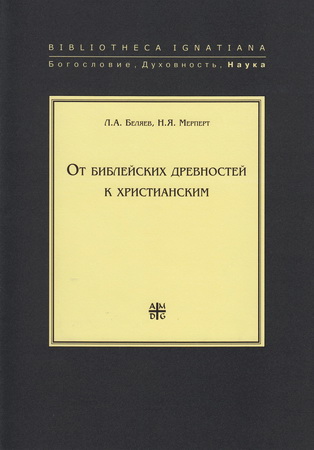
Bird, Evens, Gathered, Hill, Tilling - Now God Became Jesus

The purpose of this volume is to offer a critical response to Bart Ehrman’s book How Jesus Became God: The Exaltation of a Jewish Preacher from Galilee. Ehrman is something of a celebrity skeptic. The media attraction is easy to understand. Ehrman has a famous deconversion story from being a fundamentalist Christian to becoming a “happy agnostic." He’s a New York Times bestselling author, having written several books about the Bible, Jesus, and God with a view to debunking widely held religious beliefs as based on a mixture of bad history, deception, and myth. He’s a publicist’s dream since in talk shows and in live debates he knows how to stir a crowd through hefty criticism, dry wit, on the spot recall of historical facts, and rhetorical hyperbole. He also has a global audience. In fact, if I can offer a personal anecdote, on two occasions I’ve received emails from Christians in the Middle East asking how to respond to local Muslims who have been reading Ehrman’s writings and are quoting them at Christians as evidence that the Christian Bible has been corrupted, and that Islam is the only religion with a pure set of sacred writings. So there is more at stake here than being the resident religious skeptic on the Colbert Report—much more!
R. Bird, Craig A. Evens, Simon J. Gathered, Charles E. Hill, Chris Tilling – Now God Became Jesus
Zondervan, 3900 Sparks, Drive SE, Grand Rapids, Michigan 49546
ISBN 978-0-310-51959-1
R. Bird, Craig A. Evens, Simon J. Gathered, Charles E. Hill, Chris Tilling – Now God Became Jesus – Content
1. The Story of Jesus as the Story of God - Michael F. Bird, General Editor
2. Of Gods, Angels, and Men - Michael F. Bird
Excursus 1: Kings, Angels, and Holy Men
3. Did Jesus Think He was God? - Michael F. Bird
4. Getting the Burial Traditions and Evidences Right - Craig A. Evans
5. What Did the First Christians Think about Jesus? - Simon Gathercole
6. Problems with Ehrman's lnterpretlve Categories - Chris Tilling
7. Misreading Paul's Christology: Problems with Ehrmans Exegesis - Chris Tilling
8. An Exclusive Religion: Orthodoxy and Heresy. Inclusion and Exclusion - Charles E. Hill
Excursus 2: Second-Century Evidence for Jesus as God: Pagan, Early Orthodox, and Gnostic Testimony
Excursus 3: Second-Century Evidence for Jesus as God The Nomina Sacra
9. Paradox Pushers and Persecutors? - Charles E. Hill
Excursus A: Third-Century Evidence for Jesus as God: The Aiexamenos Graffltlo
Excursus 5: Third-Century Evidence for Jesus as God: The Inscription at Meggido
10. Concluding Thoughts - Michael F. Bird, General Editor
Simon J. Gathered – Now God Became Jesus – What Did the First Christians Think about Jesus?
The beginning is obviously an important part of any story. How the earliest disciples thought about Jesus at the beginning of the church is a key question for anyone, like Bart Ehrman, who wants to tell a convincing story about the views of Christians in the ancient world. As the title of Ehrman’s book — How Jesus Became God — implies, he sees a story of a transformation? a kind of “ugly duckling" or Sound of Music tale. In this story, someone who is a normal human being, and one even rejected by many and executed as a political danger, eventually becomes — to quote the Nicene Creed — "God from God, Light from Light" and “of one being with the Father."
That transformation, on Ehrman’s view, is not by any means instantaneous, but an evolution that took place over centuries. Ehrman’s account of the journey begins even before the historical Jesus and proceeds to the Council of Chalcedon in 451 CE. Even so, the most important elements in the story happen early on. It is the resurrection appearances that are the key turning point in the story, for it is at the resurrection that Jesus becomes elevated to the right hand of God. These visions of the risen Jesus — in which some of the earliest disciples really thought they saw Jesus—Ehrman acknowledges as historical fact, whatever one thinks of the historical truth of the resurrection of Jesus itself. These visions triggered the great changes in how Jesus was understood, and the principal changes took place in what scholars call the “tunnel period’1 of around twenty years between the historical Jesus and the first Christian writings (i.e.,ca. 30-50 CE).




Комментарии
Пока нет комментариев. Будьте первым!